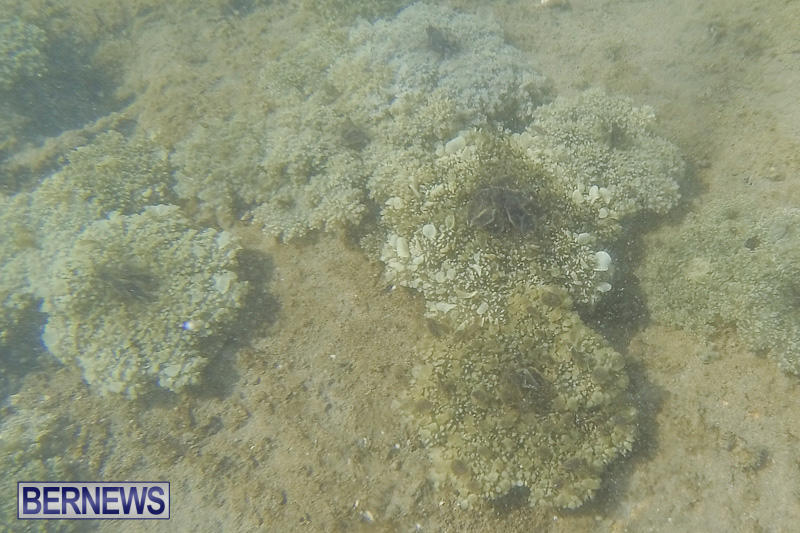

Some species actively avoid freshwater from snowmelt in the mountains. They remain in calm waters until the tide rises and sweeps them back into the bay. Jellyfish in Roscoe Bay ride the current at ebb tide until they reach a gravel bar, then descend below the wind. The species then attach themselves to seaweed, rocky or other material on the seafloor. They pulsate gently with their umbrella top facing down to stay buoyant.

The upside-down Jellyfish of the genus Cassiopeia typically live on the bottom of shallow lagoons. The hydrozoan jellyfish Craspedacusta sowerbii is the most well-known freshwater Jellyfish. Where Do Jellyfish Live?Ī jellyfish that lives in freshwater is known as a freshwater jellyfish. This feeding process gets accomplished by releasing tiny balls of living cells made up of mesoglea. The upside-down Jellyfish (Cassiopea andromeda) hunts small animals to supplement its diet. Some species are omnivorous, consuming both microplankton and phytoplankton. They hunt passively by sinking through the water or using their tentacles as drift lines. Jellyfish are parasitic cnidarians that feed on fish eggs, crustaceans, larvae, small fish, and planktonic organisms and voiding undigested waste through their mouths. The mechanism, known as passive energy recapture, is only effective in tiny Jellyfish moving at slow speeds. In similar studies, Jellyfish had a 48 percent lower cost of transport than other animals. Their bell-shaped bodies expand and contract as they move through the water. Jellyfish are the most efficient swimmers of any animal. After these processes, they develop into adult jellyfish. Most of the polyps begin to form buds and cut off tiny Jellyfish called ‘Ephyra larva.’ They are primarily Immature. There they began to develop into Polyps, feeding and growing. The larvae float about the water’s surface for a particular interval then, they go to settle beneath the sea and stick to one end. This phase (Medusa) is known to be a sexual reproductive stage of the Jellyfish whereby their eggs get fertilized, and they develop into free-swimming ‘planula larvae.’ When the Jellyfish are around or among the plankton, a stage called ‘Medusa’ is what they undergo. When they are attached to a coastal reef, it is a phase called the ‘polyp.’ In this phase, they reproduce asexually by budding. The Jellyfish have two critical phases they undergo depending on the condition of their environment. These organisms are related to the Jellyfish, but they belong to the Phylum ‘cnidaria’. The Physalia is not a Jellyfish but a colony of hydrozoans. An example is the Deep Spider fish, also known as Lion’s mane Jellyfish In addition, the majority of the Jellyfish are dangerous to humans, and some are highly toxic. They swim very slowly, but they are passive drifters, possessing an excellent way of forcing their prey into their tentacles by rhythmically opening and closing their bell-like bodies. They feed on little fishes or zooplankton, caught within their tentacles. They, therefore, perceive stimuli such as odor, danger, and light quickly through the nervous system and a small sensory structure. Generally, Jellyfish do not have brains or sense organs. The ‘Rhizostomeae,’ order in the jellyfish class, doesn’t have tentacles and structures at the bell edges but possesses eight highly branched oral arms. It is called the ‘cnidocytes.’ These cells are harmful to other animals.

They have a particular kind of cell that covers each tentacle. The external structure varies from one Jellyfish to another, but their internal makeup is all the same.Īn adult Jellyfish body consists of a bell-shaped hood enclosing its internal structure from which the tentacles appear suspended. Are you interested in knowing more about this amazing creature? Keep reading! The Anatomy Of A Jellyfish This post contains interesting information about the jellyfish. Bloom is also another term for describing a group of Jellyfish.īloom is mainly for large amounts of Jellyfish gathered in a small space. So, let’s answer some pertinent questions about this creature.Ī group of Jellyfish is called a smack. They are reproducing, living in groups, and preserving their lives. But as complex as their life cycle is, they have continued and existed for millions of years. There are not many animals that have a life cycle as complicated as the Jellyfish. They are marine animals with bells shaped like umbrellas and trailing tentacles. Jellyfishes are members of the subphylum Mesusozoa.


 0 kommentar(er)
0 kommentar(er)
